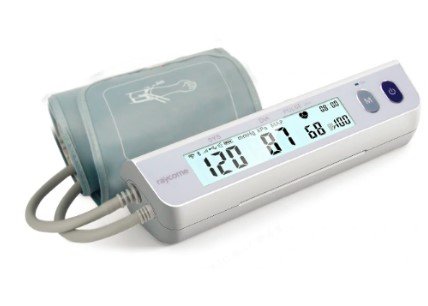Proper Handling and Labeling of Blood Samples in Medical Labs: Regulations and Guidelines
Summary
- Proper labeling of blood samples is crucial for patient safety and accurate Test Results.
- Medical lab personnel must follow Regulations set forth by agencies such as CLIA and OSHA.
- Handling blood samples with care and following strict guidelines helps prevent accidents and ensures quality results.
- Using unique patient identifiers on each sample, such as their full name and date of birth.
- Labeling the sample with the date and time it was collected.
- Indicating the type of test to be performed on the sample.
- Ensuring that labels are securely attached to the sample and are not easily detached.
- Wearing appropriate personal protective equipment, such as gloves and lab coats, when handling blood samples.
- Using proper techniques when collecting and transferring blood samples to avoid spills or accidents.
- Storing blood samples at the appropriate temperature and conditions to maintain Sample Integrity.
- Following protocols for the disposal of biohazardous materials, such as needles and contaminated samples.
Introduction
Medical lab personnel play a vital role in the healthcare industry, conducting tests that help diagnose and treat patients. One important aspect of their job is the proper handling and labeling of blood samples. This ensures accurate Test Results and reduces the risk of errors that could have serious consequences for patients. In this article, we will explore the Regulations and guidelines that medical lab personnel in the United States must follow when labeling and handling blood samples.
Regulations and Guidelines
There are several Regulations and guidelines in place to ensure the proper handling and labeling of blood samples in medical labs. These Regulations are set forth by agencies such as the Clinical Laboratory Improvement Amendments (CLIA) and the Occupational Safety and Health Administration (OSHA).
Labeling Blood Samples
Properly labeling blood samples is crucial for patient safety and the accuracy of Test Results. Medical lab personnel must follow specific guidelines when labeling blood samples, including:
Handling Blood Samples
In addition to proper labeling, medical lab personnel must follow strict guidelines when handling blood samples to prevent contamination and ensure accurate Test Results. Some key guidelines for handling blood samples include:
Training and Education
Medical lab personnel must undergo training and education on proper blood Sample Handling and labeling procedures. This includes learning about the Regulations and guidelines set forth by agencies like CLIA and OSHA, as well as best practices for maintaining a safe and efficient work environment in the lab.
Quality Control
Regular Quality Control measures should be in place in medical labs to ensure that proper procedures are being followed for labeling and handling blood samples. This includes ongoing training, auditing of processes, and measures to identify and correct errors that could impact the accuracy of Test Results.
Conclusion
Following Regulations and guidelines for labeling and handling blood samples is essential for the safe and effective operation of medical labs in the United States. By adhering to these guidelines, medical lab personnel can help prevent errors, improve patient safety, and maintain the quality and accuracy of Test Results.

Disclaimer: The content provided on this blog is for informational purposes only, reflecting the personal opinions and insights of the author(s) on the topics. The information provided should not be used for diagnosing or treating a health problem or disease, and those seeking personal medical advice should consult with a licensed physician. Always seek the advice of your doctor or other qualified health provider regarding a medical condition. Never disregard professional medical advice or delay in seeking it because of something you have read on this website. If you think you may have a medical emergency, call 911 or go to the nearest emergency room immediately. No physician-patient relationship is created by this web site or its use. No contributors to this web site make any representations, express or implied, with respect to the information provided herein or to its use. While we strive to share accurate and up-to-date information, we cannot guarantee the completeness, reliability, or accuracy of the content. The blog may also include links to external websites and resources for the convenience of our readers. Please note that linking to other sites does not imply endorsement of their content, practices, or services by us. Readers should use their discretion and judgment while exploring any external links and resources mentioned on this blog.
